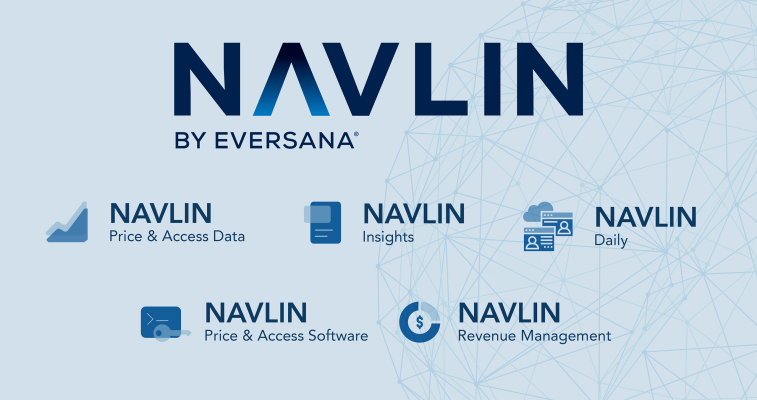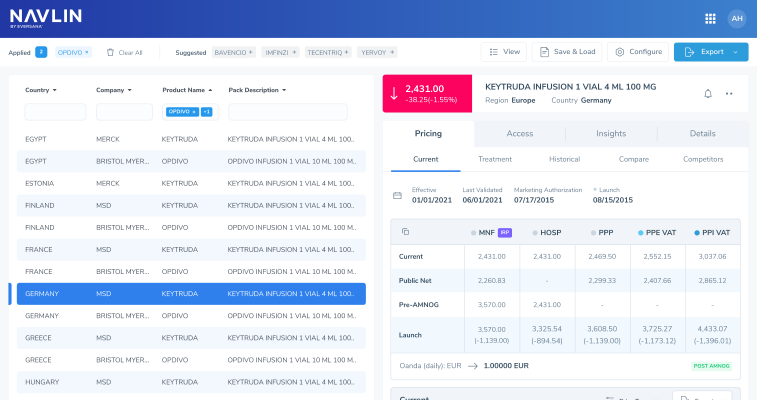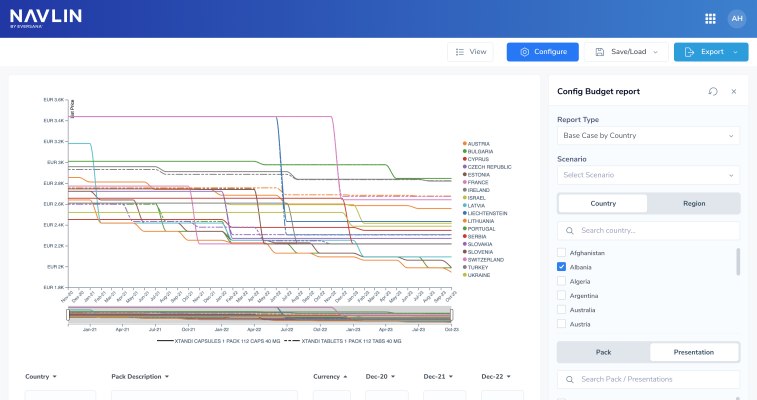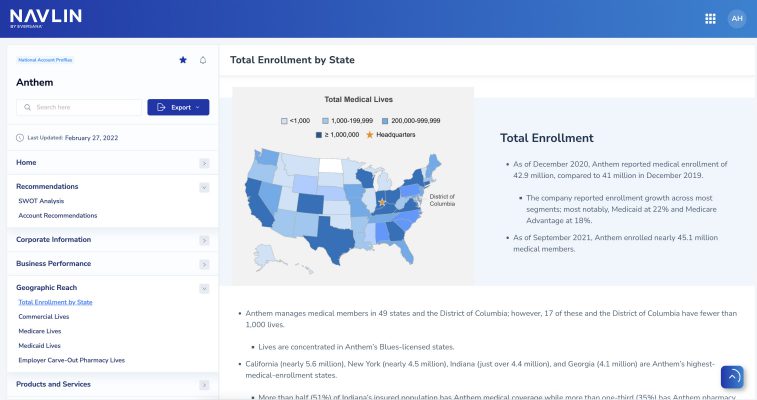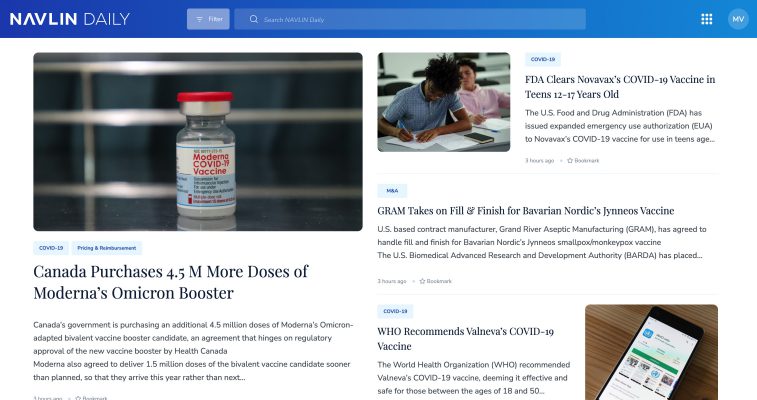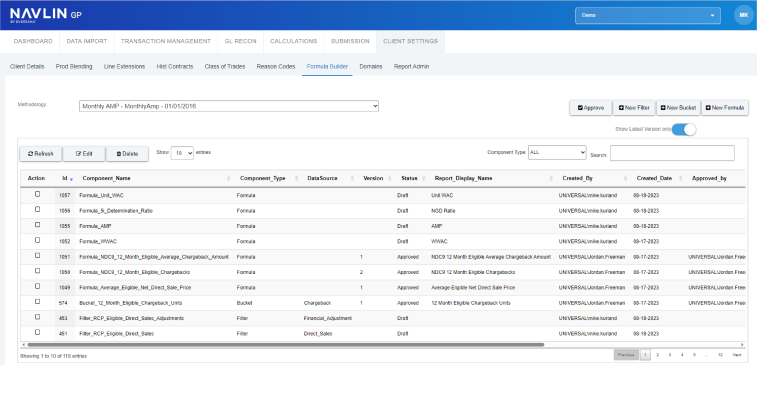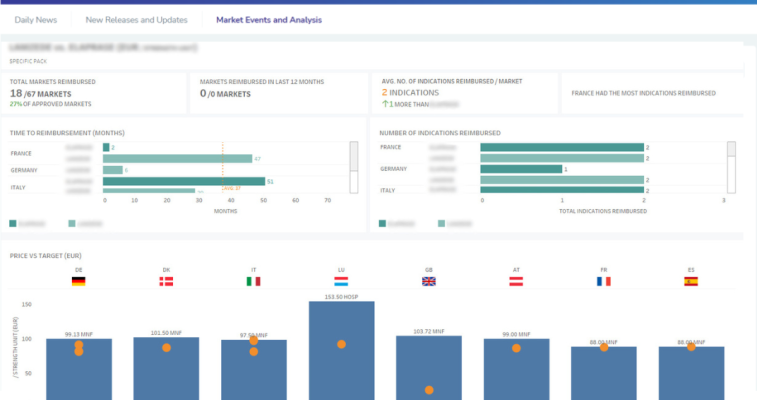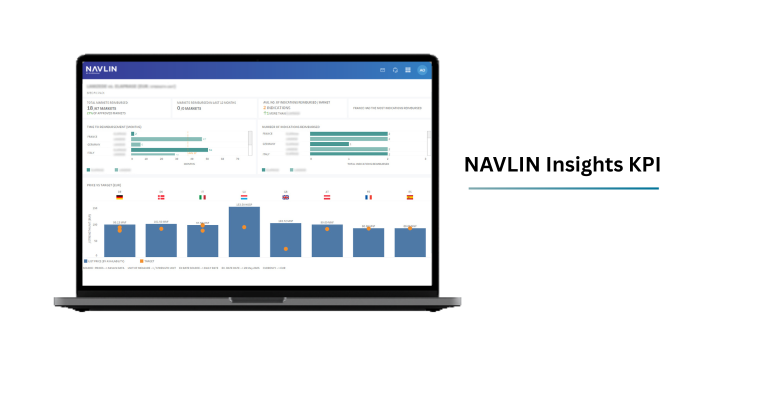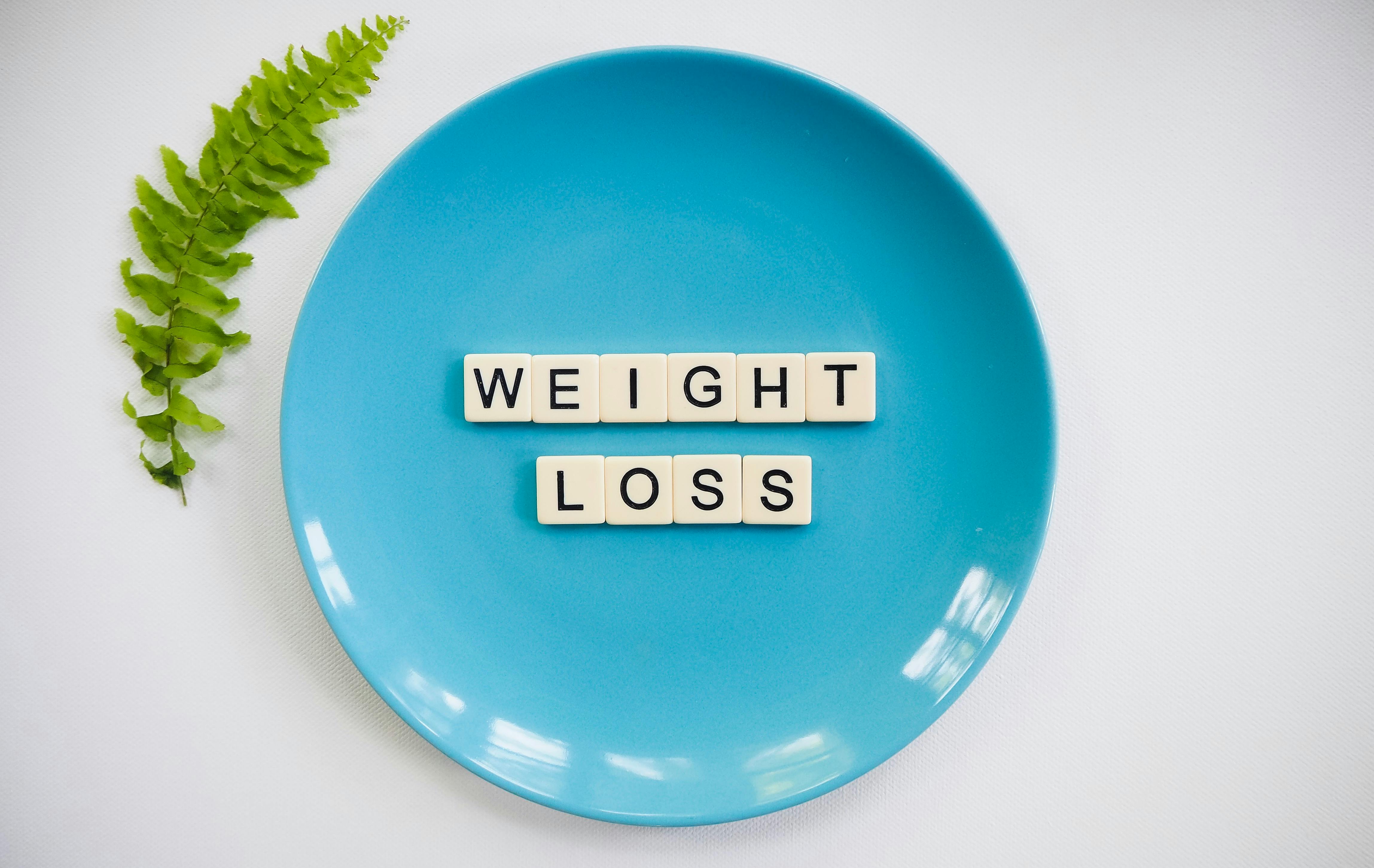NAVLIN Daily NewsCheckout Today’s News
Danish drugmaker Novo Nordisk is working to launch its drug Ozempic (semaglutide) in India “as soon as possible,” said Dr. Yan Cai, Senior Vice President of Clinical Development, Medical Affairs, and Regulatory Affairs for International Operations, in an exclusive interview with News18“I can reassure you that India is a very important market for us. With a large population with type 2 diabetes, we are committed to bringing Ozempic to India. Wegovy and Ozempic serve different populations—Ozempic is for managing diabetes, while Wegovy is for weight loss,” Dr. CaiWhen asked about the timeline, she said, “As soon as possible… it is our commitment”
CSL Behring’s Hemgenix (etranacogene dezaparvovec) has been administered to its first haemophilia B patient in GermanyIn Germany, CSL Behring and GKV-Spitzenverband have an agreement on the reimbursement price for Hemgenix (etranacogene dezaparvovec) under a national, success-based reimbursement modelThe treatment in Germany marks the sixth country in Europe, as CSL continues its roll-out for the gene therapy
Labour this morning published its long-awaited 10-Year Plan for the National Health Service (NHS), promising to pivot from reactive to preventative careThe plan includes aspirations for NICE to retire non-cost-effective drugs, while the organization buddies up more closely with the MHRA to offer joint scientific advice by 2026. It also introduces an ‘Innovator Passport’ designed to stop local NHS bodies from re-evaluating products that have already been assessed by another part of the systemGLP-1 agonists for weight loss also get a special mention, as the NHS plans to negotiate new partnerships with industry to provide access to new treatments on a “pay for impact on health outcomes” basis. The “pay for impact” model will build on NHS success with the hepatitis C elimination program, in which a similar model was used
The U.S. Senate passed its version of President Donald Trump’s “One Big Beautiful Bill Act” yesterday, sending the legislation back to the House of Representatives for another vote"Wins" for the pharmaceutical industry include the omission of any text intended to codify Most Favored Nation (MFN) pricing in the U.S., as well as a provision to expand and clarify the exclusion for orphan drugs under the Medicare Drug Price Negotiation Program"Losses" for pharma include a lack of PBM reforms in the Senate bill text, as well as the omission of policy to address the Inflation Reduction Act’s (IRA) so-called "pill penalty"
The Spanish Ministry of Health has issued a tender for the environmentally sustainable supply of biological medicines and their biosimilar alternatives, as part of a new two-year Framework Agreement coordinated by the Instituto Nacional de Gestión Sanitaria (INGESA)The Ministry notes that this tender builds on the first framework agreement, which has been in effect since late 2022, which has saved over €120 million so farThis second agreement covers a 24-month period, with the option of a 12-month extension. It comprises 17 therapeutic batches made up of biological medicines for which biosimilars have marketing authorization. INGESA will select between 25 and 50 suppliers under the open procedure, with contracts awarded based on a 70% price and 30% quality weighting. Bids can be submitted for one or more lots, but a single supplier may be awarded no more than 17 lots in total
Novo Nordisk has launched its obesity drug Wegovy (semaglutide) in India, with plans to be available in pharmacies by the end of JuneWegovy will be available in five doses in India, with prices from ₹17,345 (USD 201.5) to ₹26,015 (USD 302.4) per month, as per reports from ReutersTo support the rollout, the company is setting up obesity clinics, training doctors, and partnering with state governments on obesity care
At a meeting last week, China’s National Healthcare Security Administration (NHSA) received feedback on its draft plan to adjust the National Drug Catalogs including Basic Medical Insurance, Maternity Insurance, and Work Injury InsuranceThis year, the annual medical insurance negotiations are delayed from the initial April start date, with subsequent stages expected to be compressed—The delay has been blamed on the planned development of the first version of the Commercial Health Insurance Innovative Drug ListWhile the innovative drug commercial catalog would help innovative medicines obtain higher commercial insurance premiums in China, the country’s commercial health insurance plans’ potential to reimburse innovative drugs is underdeveloped and unclear

The long-awaited trilogue negotiations on the European Union's pharmaceutical legislative package officially got underway on June 17 in Strasbourg, but ended early with no substantial progress being madeThe EU Council's agreed position made on June 4 faced opposition from some member states due to concerns over the retention of the Regulatory Data Protection (RDP) period. Meanwhile, Estonia and Cyprus raised concerns over perceived overreach by the pharmaceutical industry, while Portugal and Czechia voiced frustration at the lack of strong guarantees for improved access to medicines across member statesDespite the rocky start, some remain hopeful. Tomislav Sokol, shadow rapporteur for the Regulation, expressed optimism, citing broad alignment between Parliament and the Council on the Commission's original proposal. Yet others, including MEPs Nicolás González Casares and Tilly Metz, cautioned that significant disagreements, especially over modulated RDP, still threaten to derail the process
In its final draft guidance, the National Institute for Health and Care Excellence (NICE) has decided not to recommend Biogen/Eisai’s Leqembi and Eli Lilly’s Kisunla for treating early Alzheimer’s, citing modest clinical benefits and high costsNICE cited significant uncertainty in economic modelling and deemed both treatments not cost-effective for NHS use, including under managed access schemesHelen Knight, director of medicines evaluation at NICE, stated, “We have done everything we possibly can to try and achieve a positive outcome in our assessments of these treatments, including providing an additional opportunity for evidence to be submitted." In separate statements, Lilly and Eisai have both said they plan to appeal the decisions
The Indian government has added 116 new drugs, including the Human Papillomavirus (HPV) vaccine, to its network of Pradhan Mantri Jan Aushadhi Kendras (PMBJKs, generic stores)The nationwide HPV vaccination drive for girls aged 9-14 is delayed due to limited stock from Serum Institute of India (SII), the sole licensed manufacturer. To address the gap, the government has now included the recombinant HPV quadrivalent vaccine on the JAKs drug listThe newly added medicines will be available across 16,500 Jan Aushadhi Kendras in India by September

